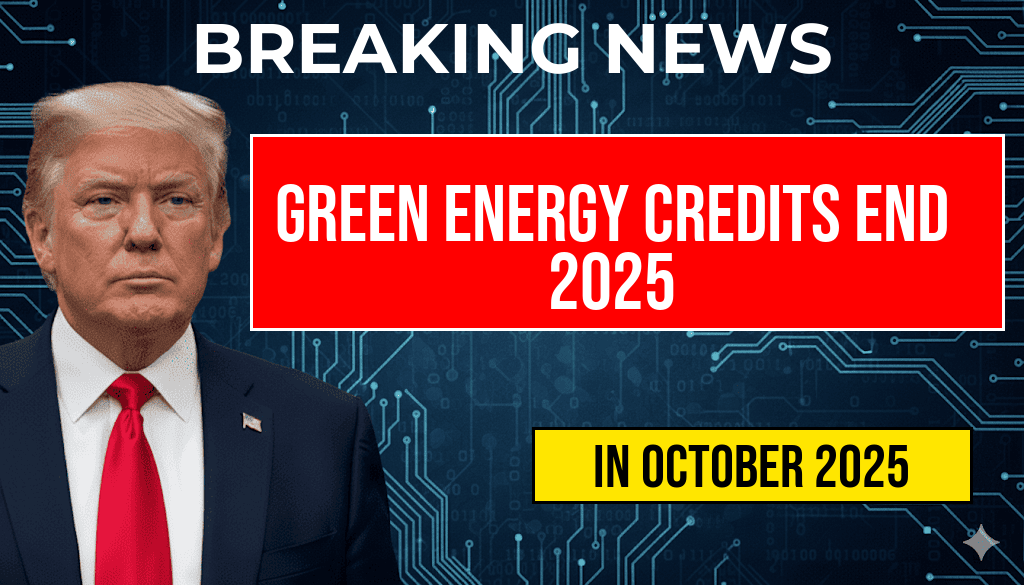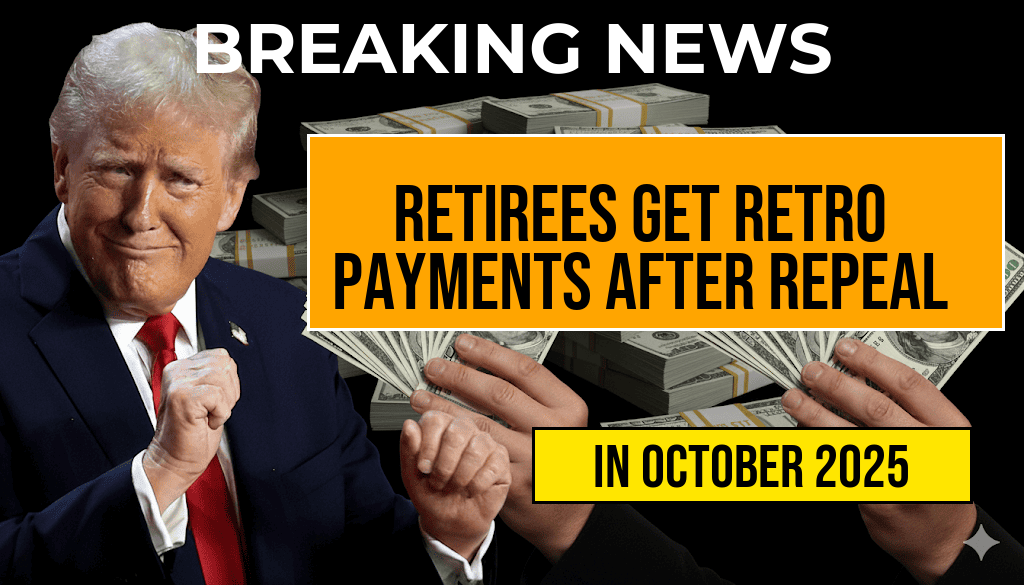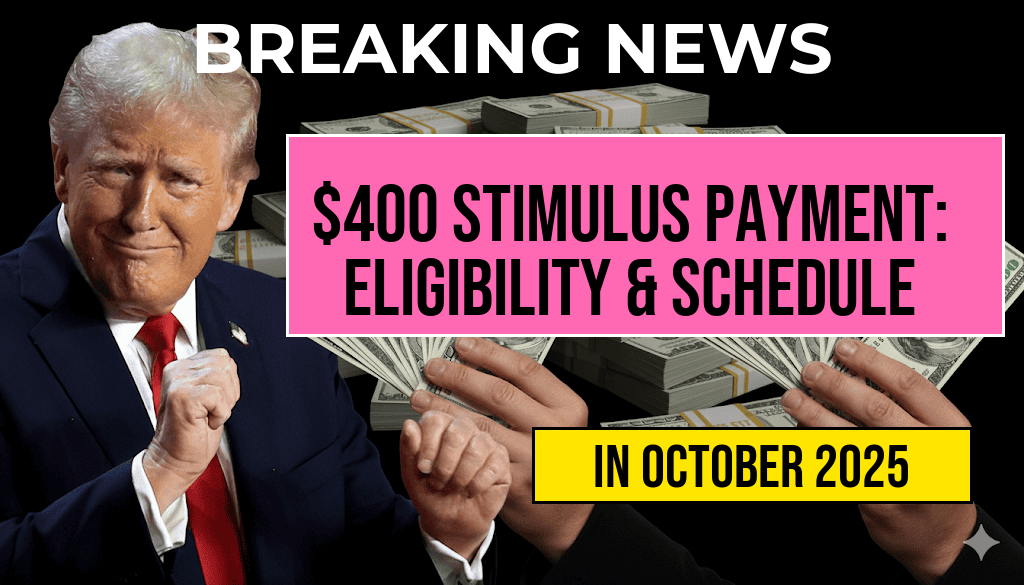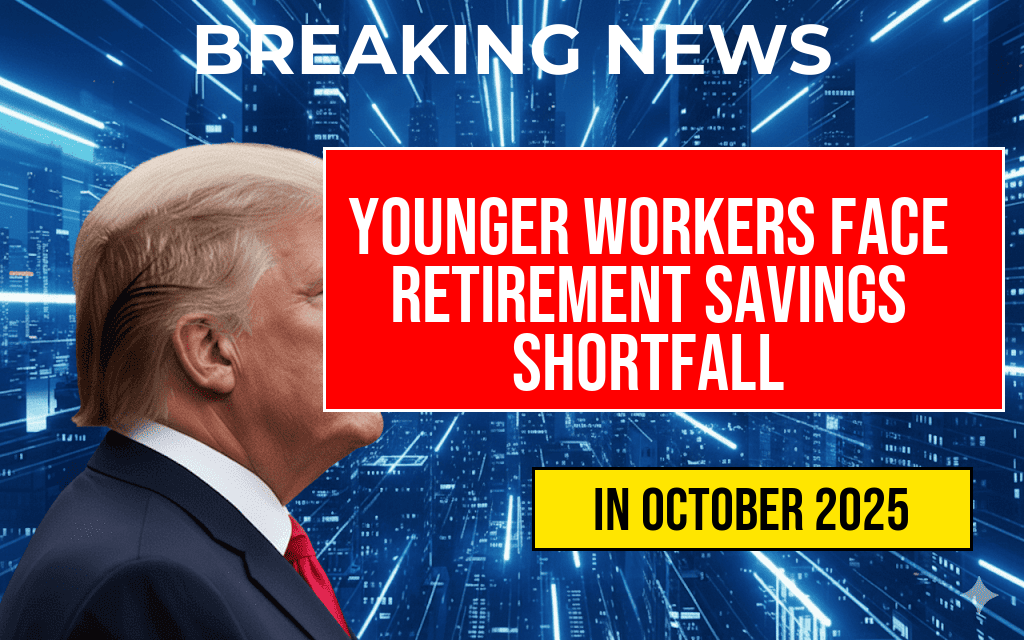As 2025 approaches, homeowners across the United States face a significant shift in the landscape of residential renewable energy incentives. The federal government’s green energy tax credits, which have historically encouraged the adoption of solar panels, wind turbines, and other sustainable technologies, are set to expire for many programs at the end of next year. This impending change could impact thousands of homeowners who have relied on these incentives to offset installation costs and accelerate the transition to cleaner energy sources. While some existing credits will continue, new applications will no longer qualify under current federal guidelines, prompting homeowners to evaluate their options carefully. Understanding the scope of these changes, the financial implications, and potential state-level alternatives can help homeowners make informed decisions before incentives diminish or phase out entirely.
Federal Residential Renewable Energy Incentives: What’s Changing?
The primary federal program that has spurred residential renewable energy adoption is the Investment Tax Credit (ITC). Established to incentivize solar energy systems, the ITC currently offers a substantial tax credit—covering up to 30% of installation costs—that applies to systems installed before the end of 2024. However, the program’s structure is scheduled to change significantly in 2025, with the residential credit dropping to a lower percentage or potentially ending altogether for new installations.
Details of the Upcoming Changes
| Year | Applicable Tax Credit | Notes |
|---|---|---|
| 2023–2024 | Up to 30% | Full credit available for qualifying systems installed during this period |
| 2025 and beyond | Potentially reduced or eliminated | Most new residential solar installations may no longer qualify for federal credits unless legislative changes occur |
While the permanent extension of certain incentives remains uncertain, some state-level programs and utility rebates could fill the gap, but availability varies widely depending on jurisdiction.
Impact on Homeowners and the Cost-Benefit Equation
For many homeowners, the federal tax credits have served as a crucial financial incentive, reducing upfront costs and improving return on investment for renewable energy systems. The impending reduction or expiration of these credits could lead to increased payback periods and influence the decision to install solar or other renewable technologies.
For example, a typical residential solar system costing around $20,000 could see an immediate tax credit of $6,000 under the current 30% ITC. Without this incentive in 2025, the net cost increases, potentially deterring some homeowners from proceeding with installations or prompting them to seek alternative financing options.
Experts recommend that interested homeowners consult with licensed solar providers and financial advisors to evaluate current incentives and explore available state or utility-based rebates, which can sometimes offset the loss of federal support.
State-Level Incentives and Local Programs
Many states and municipalities have implemented their own renewable energy incentives, offering rebates, property tax exemptions, or performance-based incentives that can supplement or replace federal credits. For instance, California’s Self-Generation Incentive Program (SGIP) provides substantial rebates for energy storage systems, while Massachusetts offers property tax exemptions for renewable installations.
Homeowners are encouraged to research local programs, which often have different eligibility criteria and application timelines. Some states have announced extensions or new initiatives in anticipation of federal program changes, aiming to maintain momentum toward renewable adoption.
Strategic Considerations for Homeowners
Timing and Installation Planning
- Install before the end of 2024 to qualify for current federal incentives.
- Coordinate with reputable installers to ensure all paperwork and permits are completed within the deadline.
- Assess the feasibility of combining federal, state, and utility incentives for maximum benefit.
Financial and Technical Evaluation
- Run detailed cost-benefit analyses considering potential incentives, energy savings, and system longevity.
- Explore financing options, such as solar loans or leasing agreements, which can mitigate upfront costs.
- Investigate emerging technologies and alternative renewable options, which may have different incentive structures.
Future Outlook and Policy Developments
Legislative debates continue at the federal level regarding extension or revision of renewable energy incentives. Some lawmakers advocate for permanent or more robust support, citing climate goals and economic benefits. Conversely, others question the long-term fiscal sustainability of current programs. Homeowners and advocates are encouraged to stay informed through reputable sources such as the Wikipedia page on U.S. incentives for homeowners and industry updates from Forbes or other trusted outlets.
As the landscape evolves, proactive planning becomes essential. The window to maximize current federal benefits narrows, making early action advantageous for those considering renewable energy investments in the near future.
Frequently Asked Questions
What are Green Energy Credits and how do they benefit homeowners?
Green Energy Credits are incentives provided by the government to encourage the adoption of renewable energy sources. They can significantly reduce the upfront costs of installing solar panels or other renewable systems, making it more affordable for homeowners to go green and save on energy bills.
When will Residential Tax Incentives for green energy expire?
The current Residential Tax Incentives for green energy are set to expire in 2025. After this date, homeowners may no longer be eligible for federal tax credits or incentives related to renewable energy installations.
How will the expiration of Green Energy Credits affect future renewable energy projects?
Once the Green Energy Credits expire in 2025, the financial incentives that currently support homeowners installing renewable energy systems will diminish or disappear. This could lead to higher out-of-pocket costs and may impact the decision to invest in solar or other green technologies.
Are there any steps homeowners can take before 2025 to maximize benefits?
Yes, homeowners should consider planning and installing renewable energy systems before the 2025 deadline to take full advantage of existing tax credits and incentives. Consulting with a renewable energy professional can help ensure timely installation and maximize potential savings.
What are some alternative incentives or programs available after 2025?
After the 2025 expiration, some states and local governments may offer their own incentives or rebates for renewable energy projects. It’s advisable for homeowners to research regional programs and explore financing options such as loans or grants to continue supporting green energy adoption.








